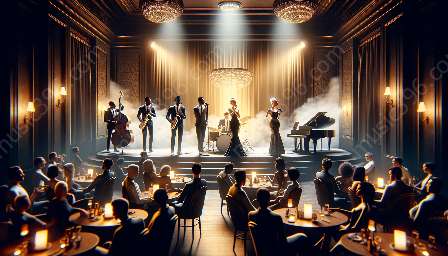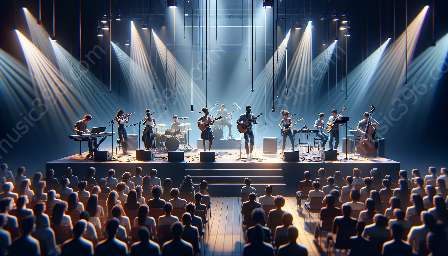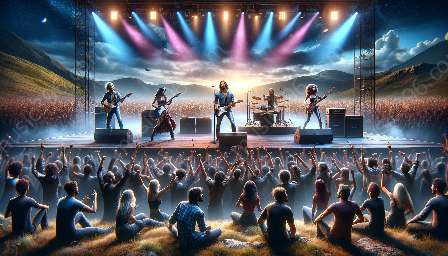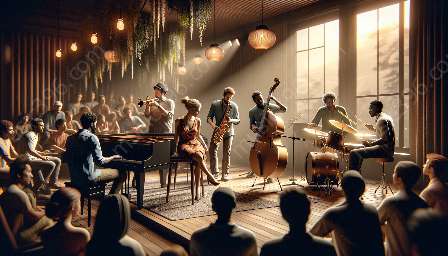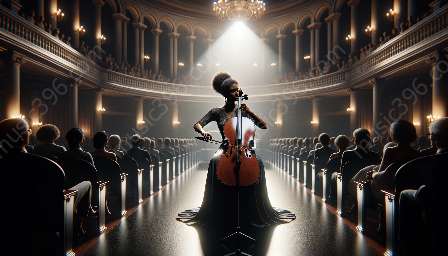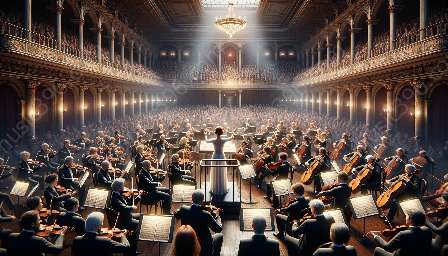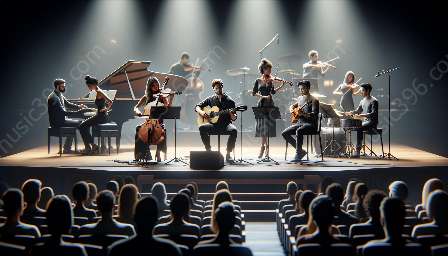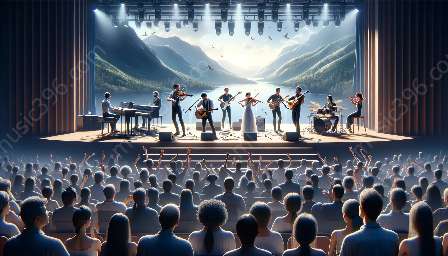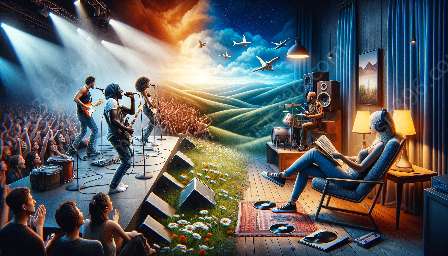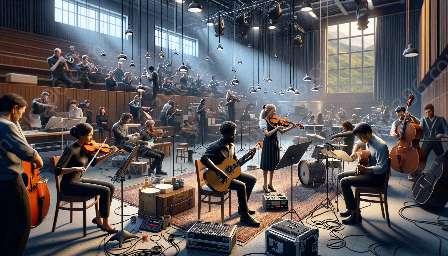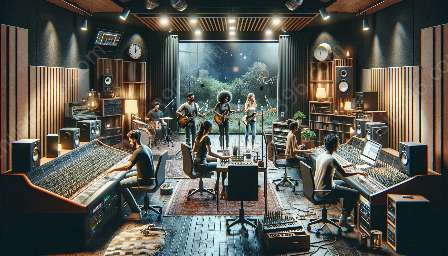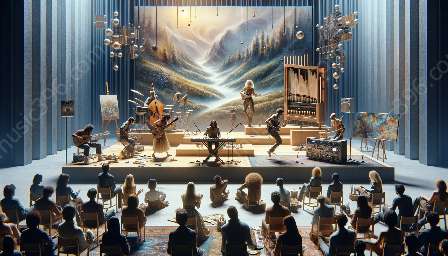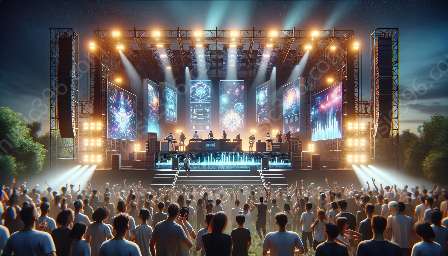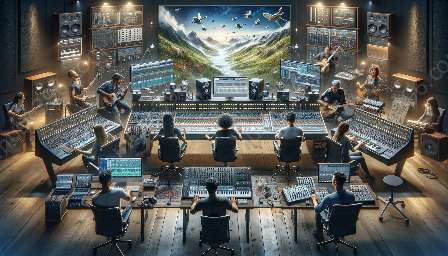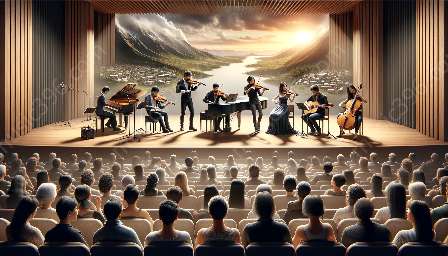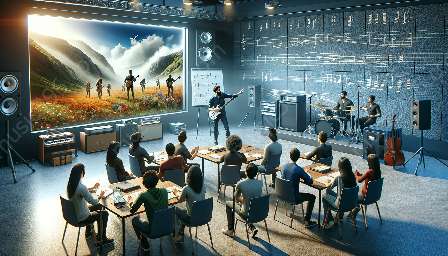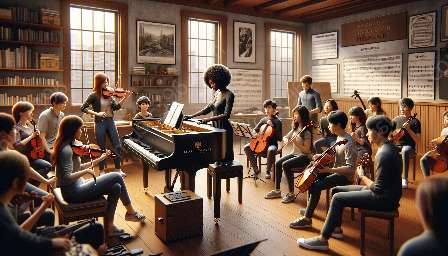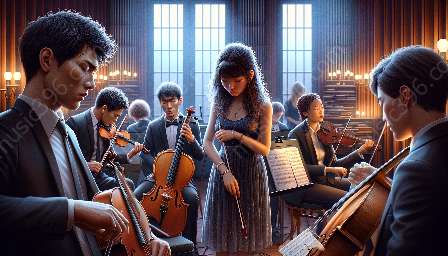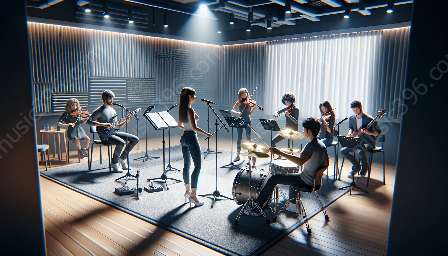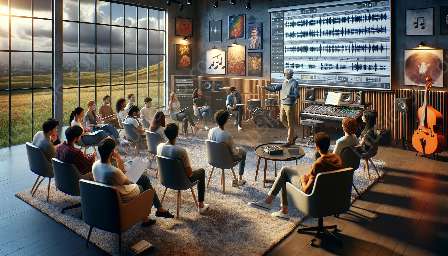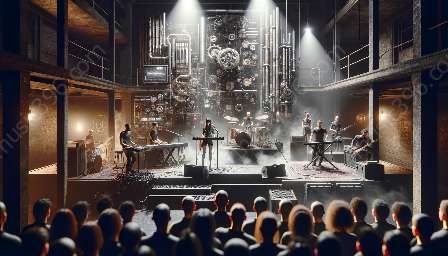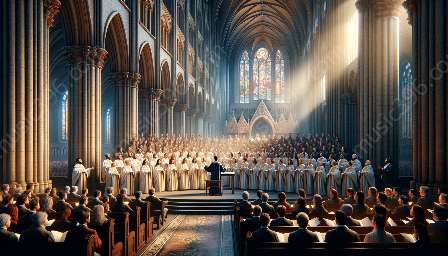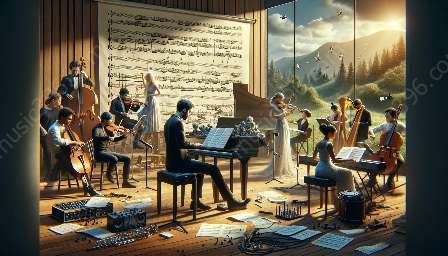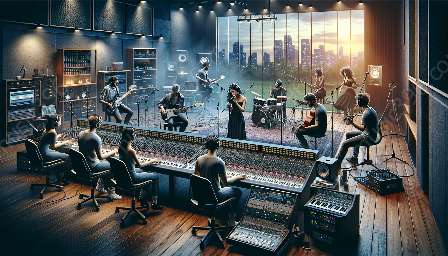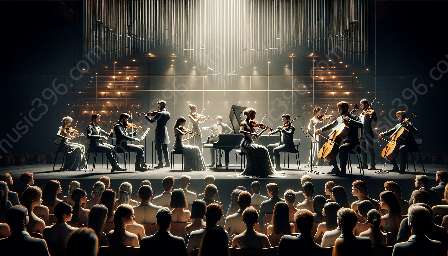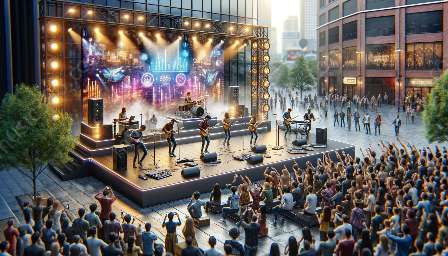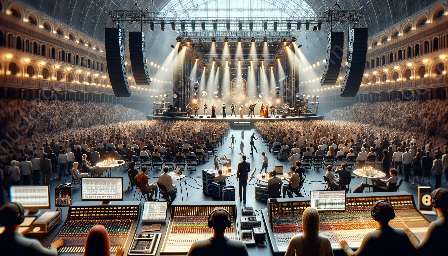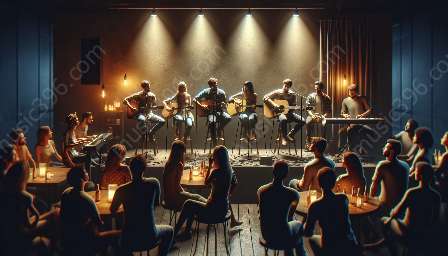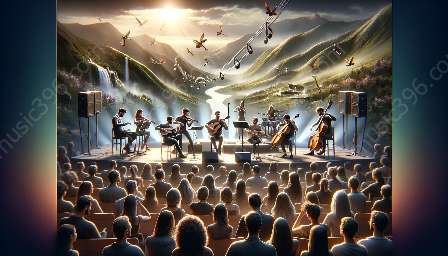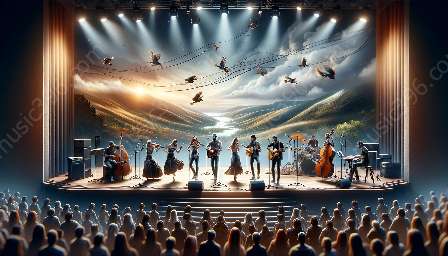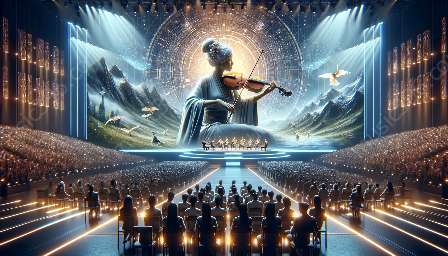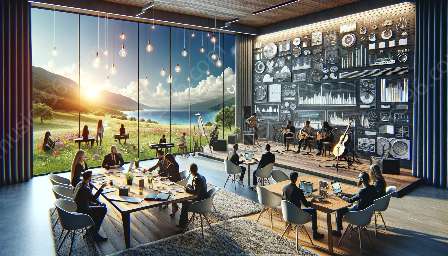Electronic music performance is a unique and dynamic form of musical expression that has captivated audiences around the world. In this comprehensive guide, we will explore the intricacies of electronic music performance, including the tools, techniques, and creative processes that make it so exciting and innovative.
Introduction to Electronic Music Performance
Electronic music performance is an innovative and boundary-pushing art form that combines technology, creativity, and musical skill. Unlike traditional music performance, electronic music performance often involves the use of digital instruments, synthesizers, drum machines, and various software applications that allow musicians to create and manipulate sounds in real time.
One of the defining features of electronic music performance is the use of electronic controllers and interfaces that enable performers to interact with their music in a tactile and expressive manner. This hands-on approach to music-making allows for a more dynamic and engaging live experience, as the audience can witness the creation and manipulation of music in real time.
The Tools of Electronic Music Performance
Electronic music performers utilize an array of tools and equipment to bring their compositions to life on stage. From MIDI keyboards and controllers to modular synthesizers and digital audio workstations (DAWs), the range of instruments and devices available to electronic musicians is vast and constantly evolving.
These tools allow performers to sculpt and shape sound in ways that were previously impossible, opening up new sonic possibilities and pushing the boundaries of what is achievable in a live musical setting. Through the use of samplers, sequencers, and effect processors, electronic musicians can create immersive and captivating sonic landscapes that defy traditional genre conventions.
Techniques and Performance Practices
Within electronic music performance, there are a variety of techniques and performance practices that distinguish it from other forms of musical expression. Live looping, for example, is a popular technique that allows performers to create layered compositions in real time by recording and looping musical phrases and sounds.
Another fundamental aspect of electronic music performance is improvisation, where performers craft and shape music on the fly, responding to the energy of the moment and the response of the audience. Through the use of expressive controllers and real-time manipulation of sound, electronic music performers can create unique and spontaneous musical experiences at each performance.
Exploring Creativity and Innovation
Electronic music performance is a fertile ground for creativity and innovation, as it offers musicians the opportunity to push the boundaries of sound and musical expression. By exploring novel techniques, integrating multimedia elements, and collaborating with visual artists and designers, electronic music performers can create immersive and multi-sensory experiences that transcend traditional notions of live music performance.
The fusion of technology, artistry, and stagecraft in electronic music performance opens up new avenues for artistic expression and audience engagement, as performers strive to create memorable and impactful live experiences that resonate with their listeners on a profound level.
Conclusion
Electronic music performance represents a dynamic and expansive realm within the broader landscape of music performance. Through the creative use of technology, innovation, and a pioneering spirit, electronic music performers continue to redefine what it means to engage with music in a live setting, captivating audiences with their boundary-pushing compositions and electrifying stage presence.
By embracing the tools, techniques, and creative potential of electronic music performance, musicians can unlock new dimensions of artistic expression and connect with audiences in profound and transformative ways.

